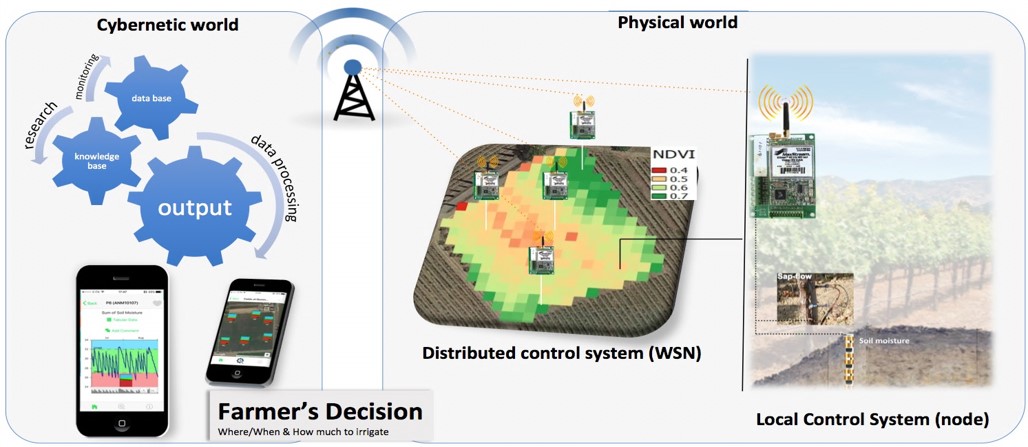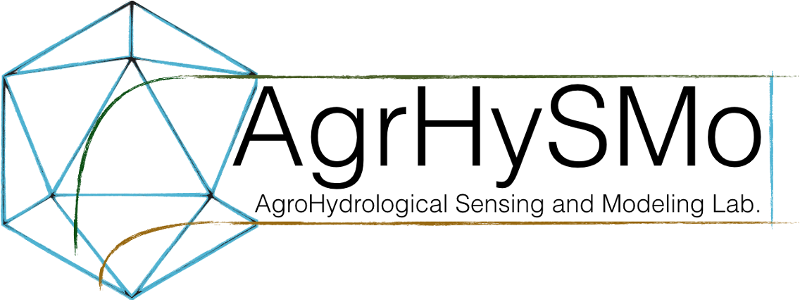All that exists then is both cause and effect, dependent and supporting, mediate and immediate, and all is held together by a natural though imperceptible bond, which unites things most distant and most different. I hold it impossible to know the parts without knowing the whole, or to know the whole without knowing the parts in detail (B. Pascal, 1669).

Welcome to the AgroHydrological Sensing and Modeling Laboratory. Our lab integrates three pillars of knowledge to transfer this expertise to the Farmer, Irrigation Industry and Higher Education sectors. Our actions are driven by the need to address critical societal challenges by implementing Key Enabling Technologies. Additionally, we focus on mitigating adverse natural phenomena, such as drought, and the social crises related to water resource management in our area. By combining third mission activities with agronomic research, we aim for optimal irrigation management thataddresses water stress in an integrated manner, utilizing the latest water-saving strategies. The technologies and protocols we employ for scheduling irrigation are based on both feed-forward and feedback control systems. In the feed-forward approach, agro-hydrological models help quantify the crop’s water requirements and determine the necessary irrigation supplies. In the feedback control method, farmers can keep the soil-crop water status within a specific predefined range, gaining insights through sensor systems installed at local or distributed scales. Ultimately, our cybernetic platform enables users to monitor and manage the observed and simulated factors affecting crop water stress.

